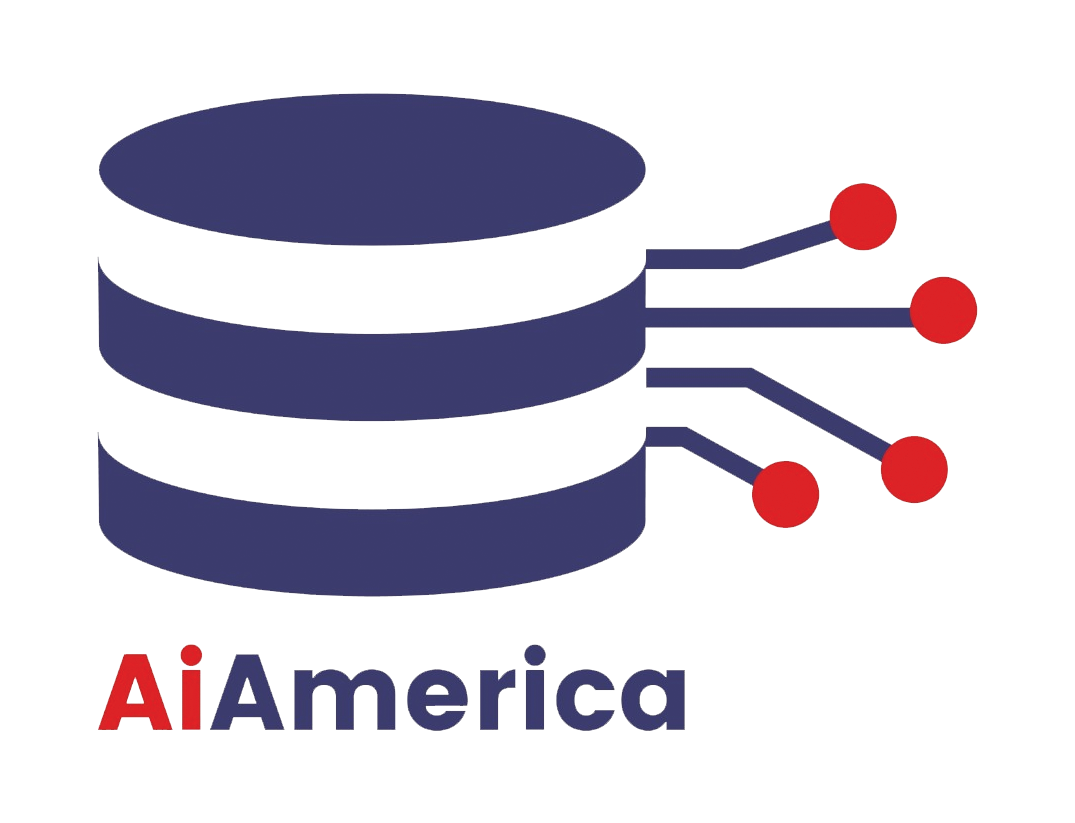
Close

Introduction:
In today’s data-driven world, organizations are harnessing the power of predictive analytics to make informed decisions, optimize processes, and gain a competitive edge. In this blog post, we’ll dive into the world of predictive analytics, exploring what it is, its significance, and how it’s transforming various industries.
Chapter 1: The Essence of Predictive Analytics
Defining Predictive Analytics:
Predictive analytics is the process of using historical data and statistical algorithms to predict future outcomes with a high degree of accuracy.
Chapter 2: The Data-Driven Revolution
Data as the Fuel:
Predictive analytics relies on quality data, making data collection and management crucial.
Chapter 3: The Predictive Modeling Process
Data Preprocessing:
Cleaning, transforming, and preparing data for analysis.
Model Building:
Selecting and training the appropriate predictive model.
Validation and Testing:
Assessing the model’s accuracy and performance.
Chapter 4: Applications Across Industries
Healthcare:
Predictive analytics is used for patient risk assessment, disease outbreak prediction, and personalized treatment plans.
Finance:
In finance, it helps detect fraudulent transactions, predict market trends, and manage risk.
Retail:
Retailers use predictive analytics for demand forecasting, inventory management, and personalized marketing.
Chapter 5: Predictive Analytics in Action
Customer Churn Prediction:
Predicting which customers are likely to leave, allowing businesses to take proactive measures.
Recommendation Systems:
Online platforms use predictive models to suggest products, services, or content to users.
Chapter 6: Tools and Technologies
Machine Learning:
Machine learning algorithms play a significant role in predictive analytics.
Software Platforms:
Tools like Python, R, and commercial software facilitate predictive modeling.
Chapter 7: Challenges and Considerations
Data Privacy:
Managing sensitive data and complying with regulations.
Model Interpretability:
Understanding how and why predictions are made.
Chapter 8: The Future of Predictive Analytics
AI Integration:
Artificial intelligence will enhance predictive analytics with more sophisticated algorithms.
Conclusion:
Predictive analytics has become an indispensable tool for organizations seeking to extract actionable insights from their data. It empowers businesses to anticipate future trends, make data-driven decisions, and gain a competitive advantage.
As technology continues to advance, the capabilities of predictive analytics will only grow, unlocking new opportunities and insights across various industries. Whether it’s improving patient care, boosting sales, or mitigating risks, predictive analytics is shaping the future, one data point at a time.